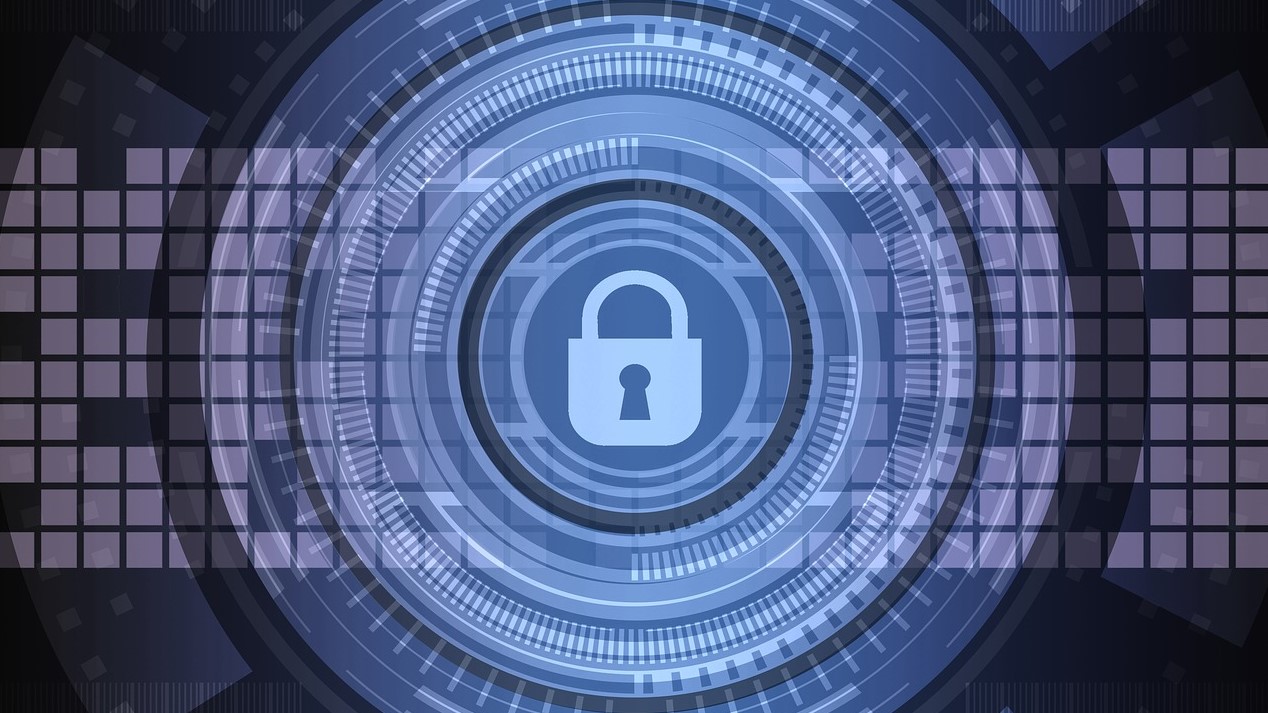Building a resilient workforce security strategy
Cyber threats demand adaptive identity security

Cyberattacks strike organizations every 42 seconds, and it takes an average of 270 days to detect and contain a breach. With nearly half of all breaches involving data spread across multiple environments, security teams are under immense pressure to manage thousands of accounts and entitlements across both controlled and uncontrolled endpoints.
To safeguard their organizations, they deploy measures such as multi-factor authentication (MFA) and single sign-on (SSO). However, as cyber criminals can easily obtain stolen credentials from the dark web at low cost, it gives them part of the puzzle to enable them to by-pass MFA. With a user’s legitimate credentials they could, for example, bombard that user with MFA push notifications – hoping they accept one. Each push being caused by the attackers attempting to login with the stolen password.
By impersonating legitimate users, attackers infiltrate systems unnoticed. Given the increasing complexity of these threats, implementing adaptive, multi-layered identity security is critical. Modern identity security must extend beyond conventional methods, providing dynamic protection without adding unnecessary burdens to security teams. A proactive identity security strategy that evolves with the workforce is no longer optional—it’s fundamental to ensuring enterprise resilience and long-term security.
Senior Director, Field Technology Office at CyberArk.
The growing attack surface requires innovative solutions
Shared accounts, weak password practices, and unrestricted admin rights leave organizations vulnerable to ransomware, malware, and data breaches. The problem is made worse by temporary or external workers, adding to IT teams’ workload with constant requests for onboarding, offboarding, password resets, account lockouts, and misplaced authentication devices.
Even organizations using identity security models often rely on disconnected solutions that fail to fully integrate, creating blind spots in user activity. A modern approach to identity security that treats every user as potentially privileged is essential. This requires implementing smart privilege controls that cover the entire user lifecycle, from onboarding and role adjustments to de-provisioning and beyond.
Equally important, these controls must strike a balance between security and user experience, enabling employees to work efficiently and without unnecessary friction, from login to logout. By balancing access and security on unmanaged devices, external partners and vendors benefit from a secure pathway with controlled browsing that prevents session hijacking and cookie theft, without disrupting workflows. Robust endpoint identity security controls offer comprehensive visibility into attack paths, credential misuse, and insider threats, while smoothly integrating with third-party solutions.
Workforce identity security: putting theory into practice
Centralized storage and management of identities and attributes should act as the single source of truth for all identity data. By combining MFA, SSO, lifecycle management, and endpoint security with browser, session, and password protection, the user is protected from endpoint to cloud. By eliminating identity silos and integrating controls from other areas like privileged access management (PAM), employees can securely & seamlessly access applications and resources without repetitive logins or complex authentication.
The result is scalable, adaptable security that grows with your organization, reducing the burden on internal teams by automating access management. With a combined approach to security, an employee logs in from a remote location using a single set of credentials that grants access to everything they need. No more juggling multiple logins or trying to remember yet another password.
With SSO, users log into one portal using their existing credentials, gaining access to all assigned apps with a single click. They can update profiles and reset passwords as needed—all without compromising security. Next, when they shift to web browsing, they have a range of passwordless authentication options. Since not all apps or sessions are the same, high-risk web sessions are secured with web session monitoring, recording, and controls that detect anything unusual in real time. This provides security teams with insight into user actions, safeguarding sensitive data, and creating a detailed audit trail vital for compliance and response.
A unified strategy for addressing modern threat
With credentials available to the highest bidder at minimal cost, the stakes have never been greater. The positive news is that organisations once burdened by sprawling endpoints, unsecured credentials, and outdated systems all have the potential to successfully transform their security strategies. By shifting from fragmented identity and access management (IAM) processes to a unified identity security framework, they can seamlessly adapt to the complexities of today’s threat landscape – it just takes a shift in focus and mindset.
Security cannot stop at the point of login; it demands a holistic, multi-layered defense strategy that can keep pace with increasingly sophisticated threats. The evolution of workforce identity security does not begin with complex security solutions but with a security-first mindset—one that prioritizes identities, operates through layered protections, and remains adaptable enough to secure the entire user journey.
We've featured the best authenticator app.
This article was produced as part of TechRadarPro's Expert Insights channel where we feature the best and brightest minds in the technology industry today. The views expressed here are those of the author and are not necessarily those of TechRadarPro or Future plc. If you are interested in contributing find out more here: https://www.techradar.com/news/submit-your-story-to-techradar-pro
Are you a pro? Subscribe to our newsletter
Sign up to the TechRadar Pro newsletter to get all the top news, opinion, features and guidance your business needs to succeed!
EMEA Technical Director, CyberArk.
You must confirm your public display name before commenting
Please logout and then login again, you will then be prompted to enter your display name.
